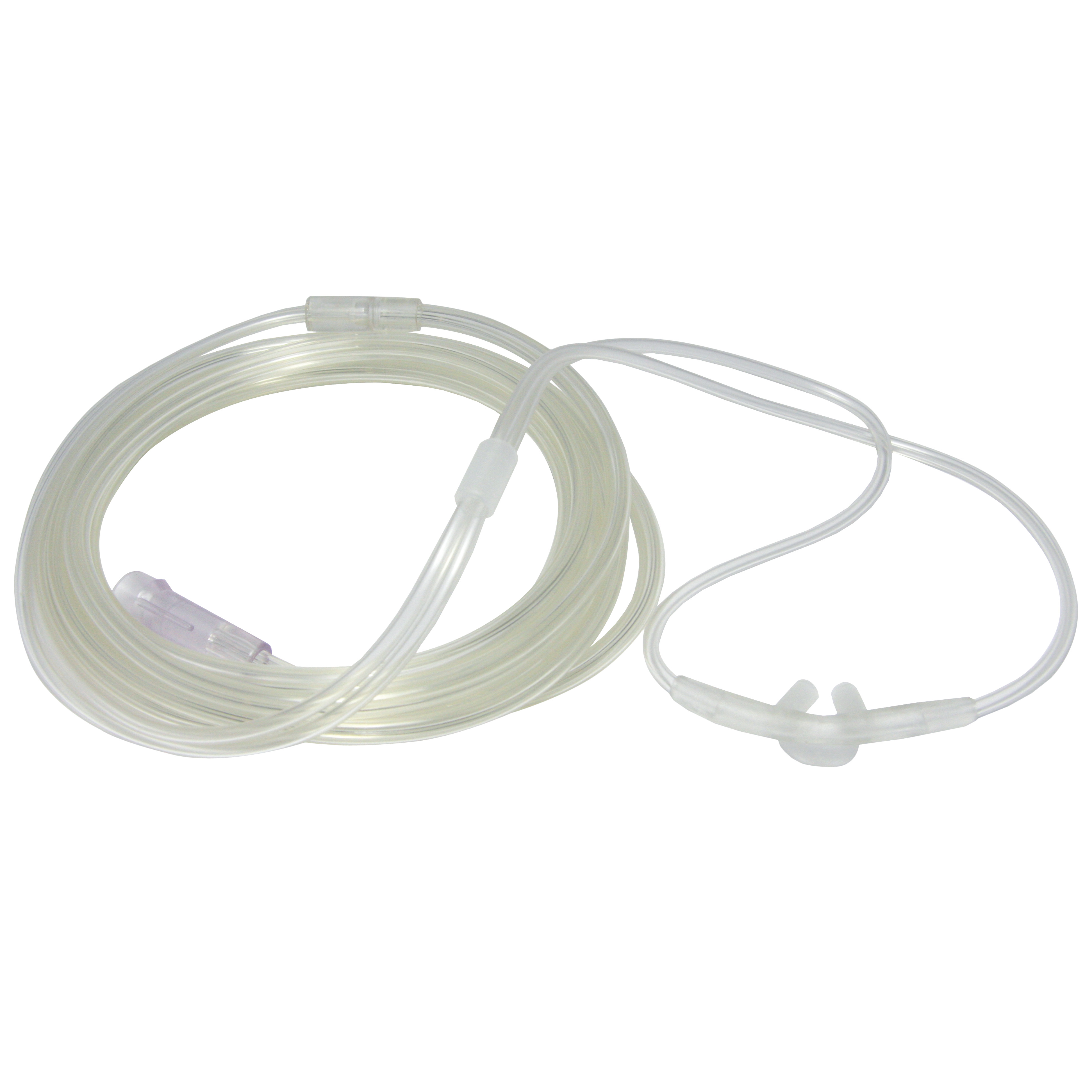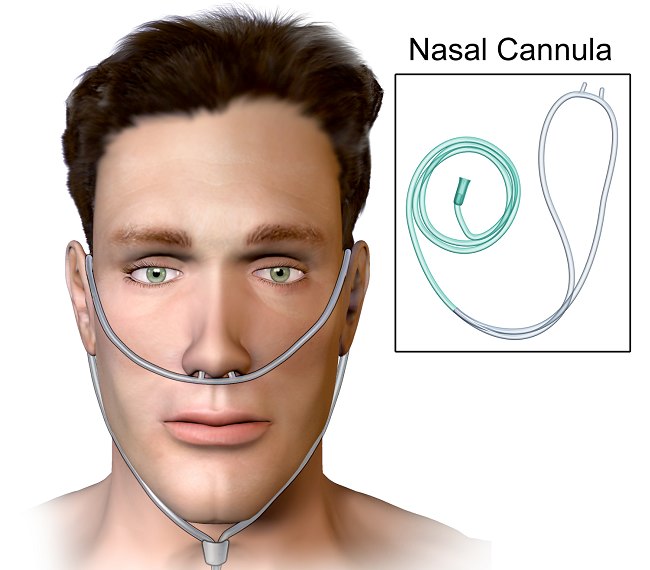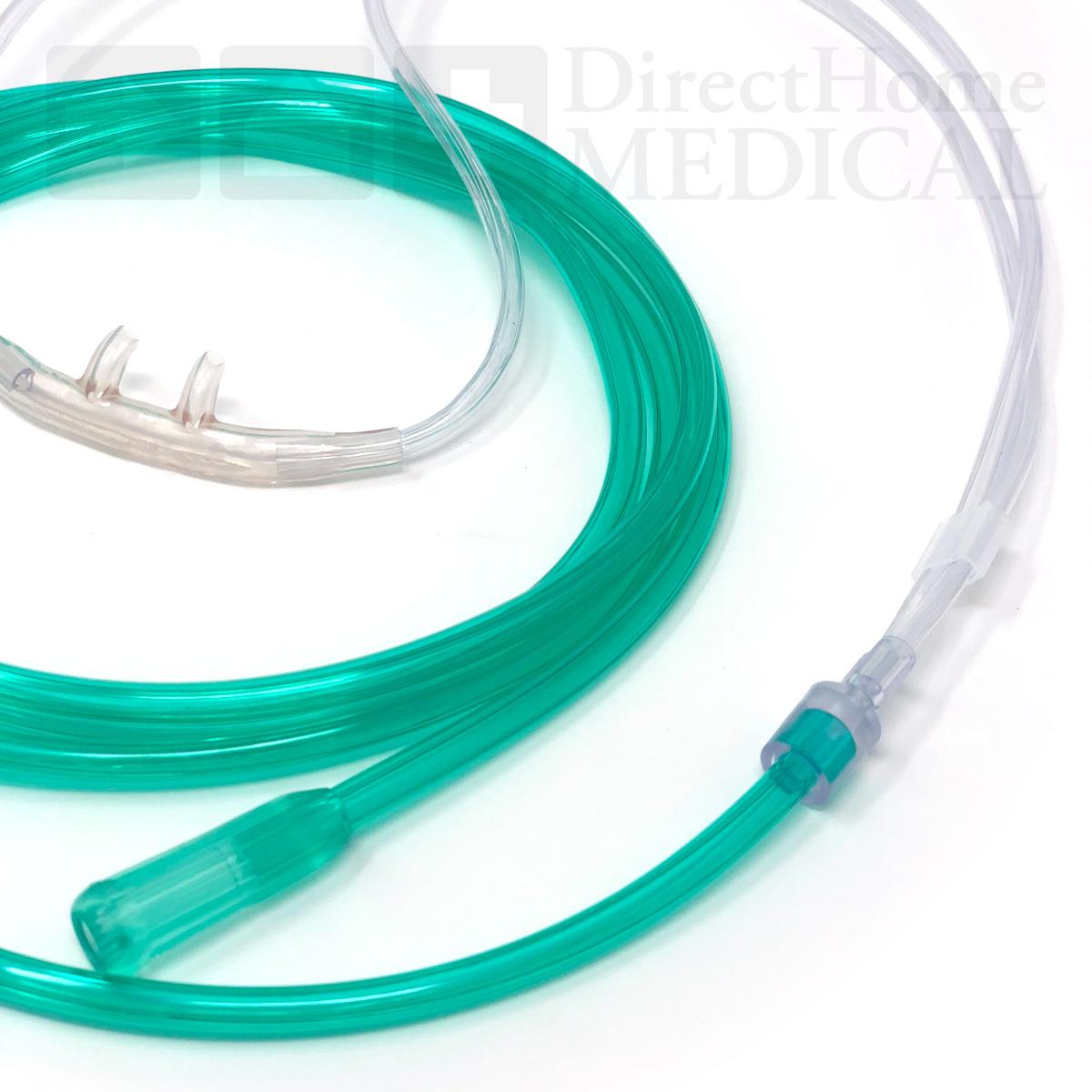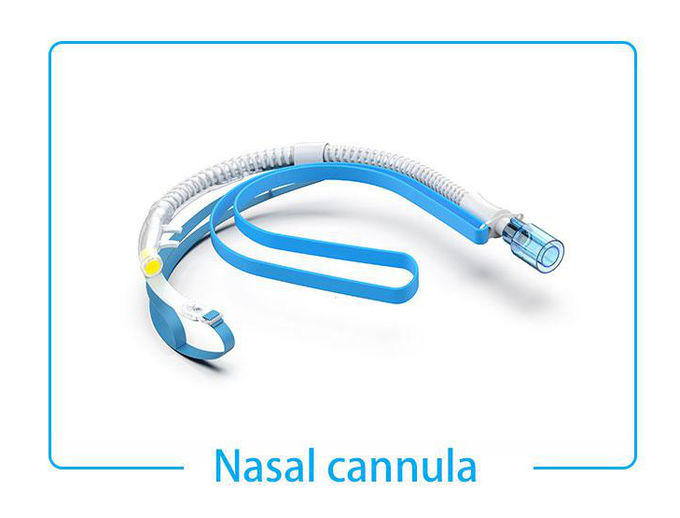
Nasal Cannula O2 Rate Oxygen Nasal Cannulas Linear Medical choicesofhotels
The ratio between arterial blood partial pressure of oxygen and fraction of inspired oxygen (PaO2/FiO2) was largely used for grading and managing the respiratory failure in non-mechanically ventilated COVID-19. In these patients, the assessment of the true FiO2 in the inspired mixture may be difficult with consequent inaccuracies in PaO2/FiO2 assessment. In 30 severe COVID-19 patients, we.

Jual Nasal Oksigen Anak/Nasal Kanul Oksigen Anak/Selang Oksigen Anak Kota Palembang
Nasal Cannula Rate? L/min. View Results. Created by. 0/1 completed. View Results. About. This estimation is not based on any published evidence, but is a commonly-used calculation. An increase in 1 L/min usually results in an increase in FiO2 of approximately 3-4%. References. The Nasal Cannula FiO₂ Estimation calculator is created by QxMD.

Nasal Cannula Fio2 Principle Setup Of High Flow Nasal Cannula Oxygen Images
A nasal cannula is a medical device to provide supplemental oxygen therapy to people who have lower oxygen levels. There are two types of nasal cannulas: low flow and high flow. The device has two.

Nasal Kanul teknik, indikasi, komplikasi, pedoman klinis Alomedika
The FiO2 delivered by nasal cannulae was compared between treatments, and we investigated the relationships among the FiO2 , alveolar partial pressure of oxygen (PA O2 ) and VE . Results: The FiO2 increased by 0.038/L/min of oxygen. Respiratory rate had a significant effect on the FiO2 . A normal respiratory rate of 15 breaths/min and oxygen.

How To Calculate Fio2 For Nasal Cannula Haiper
It delivers warm oxygen because oxygen at this flow rate could dry up your nasal passages quickly and lead to nosebleeds. Low-flow nasal cannulas don't deliver warm oxygen. Because of this, they tend to dry out your nasal passages quicker. The flow rate for a low-flow cannula is up to about 6 liters of oxygen per minute.

Fungsi Kanul Nasal Dan Kateter Nasal Pada Alat Kesehatan FUNGSI ALAT
I verified and the information is true. For a patient on NC, to determine the FiO2, you multiply the number of liters by 4% and then add to 20% (which is an estimate of the % of oxygen in room air) E.g. I had a pt on 4L NC. 1L=4%, 4 x 4% = 16%. The FiO2 for my patient is 16 +20 = 36%. For all supplemental oxygen delivery devices, the patient is.

China Factory wholesale 4l Nasal Cannula Fio2 Nasal Oxygen Cannula Bornsun factory and
The arterial blood gas analysis after 1 h of non-rebreathing mask trial showed (Pao2/Fio2<100) with a pH of 7.50, a PaCO 2 of 29.8 mmHg, a PaO 2 of 61.5 mmHg, and Na 133, K 4.25, bicarbonate of 20.4. She became tachypnoeic with a respiratory rate of >35 and peripheral oxygen saturation less than 90%.
Jual ONEHEALTH NASAL OXYGEN CANNULA ANAK/NASAL KANUL ANAK Shopee Indonesia
Nasal kanul tanpa sistem humidifikasi dapat digunakan untuk terapi oksigen dengan laju 1-4 L/menit. Laju aliran oksigen pada 1-5 L/menit dapat memberi efek pada fraksi oksigen inspirasi (FiO2) 24-40%. Dosis oksigen akan meningkat pada aliran di atas 6 L/menit, namun penggunaan >4 L/menit akan menyebabkan pasien merasa tidak nyaman dan hidung.

Salter High Flow Nasal Cannula Fio2 Blog Doctor B (the PT) Wirtz, effectiveness of nasal
The high-flow nasal cannula (HFNC) is a useful treatment modality for acute hypoxemic respiratory failure (AHRF) in children. We compared the ability of the oxygen saturation to fraction of.

Nasal Oxygen Cannula Manufacturers, Exporters And Suppliers in IndiaAngiplast Pvt. Ltd.
Oxygen delivery can be increased by use of oxygen reservoir device. Simple mask: delivers FiO2 35-55% at flows 5-12 L/min. Flows <5 L/min should not be used to prevent rebreathing of CO2. Face tent: FiO2 variable up to 50%; more comfortable than facemask. Venturi mask: 1-4 L/min, FiO2 preset at 24, 28, 31, 35, 40, and 50%.

Nasal Oxygen Cannula With Prongs Sunset Healthcare Oxygen Adult Nasal Cannula Oxygen
The fraction of inspired oxygen (FiO2) in normal room air is 21%. Oxygen flow rate and FiO2 are closely related, but they cater to different patient needs. Higher FiO2 is required when patients have a problem with oxygenation, while an increased flow rate is needed for those with ventilation issues.

Oxygen Delivery Systems Nasal Cannula • Flow 1 GrepMed
A traditional nasal cannula can only effectively provide only up to 4 to 6 liters per minute of supplemental oxygen. This equates to a FiO2 of approximately 0.37 to 0.45. Above this number, nasal mucosal irritation occurs with the drying of the passages, and there is, therefore, an increased potential for bleeding with prolonged use.

5kg Hospital HFNC Oxygen Machine FiO2 High Flow nasal cannula
The heat and humidified high-flow nasal cannula or, as most call it, high-flow nasal cannula (HFNC), isn't just a standard nasal cannula turned up to very high flow rates. It takes gas, is able to heat it to 37 o C with a 100% relative humidity, and can deliver 0.21 - 1.00% fraction of inspired oxygen (FiO 2) at flow rates of up to 60 liters.

8 Pengkat Oksigen Mulai dari Cannul Nasal fantastic health seminar and training education
Alveolar oxygen delivery depends on supplemental oxygen flow rate, the fraction of inspired oxygen (F i O 2) delivered in supplemental flow, the device's interface with the patient, and inspiratory demand (1, 2).Conventional low-flow devices (e.g., nasal cannula or simple face mask) provide 100% F i O 2 at a maximum of 15 liters per minute. Even during quiet breathing, inspiratory flow rates.

Selang Oksigen/Nasal Oxygen Cannula GEA Alat Bantu Napas COD Alkes Surabaya Lazada Indonesia
8 BAB II TINJAUAN PUSTAKA 2.1 Pengantaran Oksigen (O 2) Pengantaran oksigen (O 2) menuju jaringan sangat dipengaruhi oleh dua faktor utama, yaitu (1) kandungan oksigen (O

High‑flow nasal cannula oxygenation (HFNCO) device. An air/oxygen... Download Scientific Diagram
The use of high-flow nasal cannula (HFNC) in critical care areas has increased over the past few years, particularly during the COVID-19 pandemic [].HFNC has been shown to effectively reduce intubation rates for patients with acute hypoxemic respiratory failure (AHRF) [] and prevent post-extubation respiratory failure [].It may also be non-inferior to noninvasive ventilation to prevent.